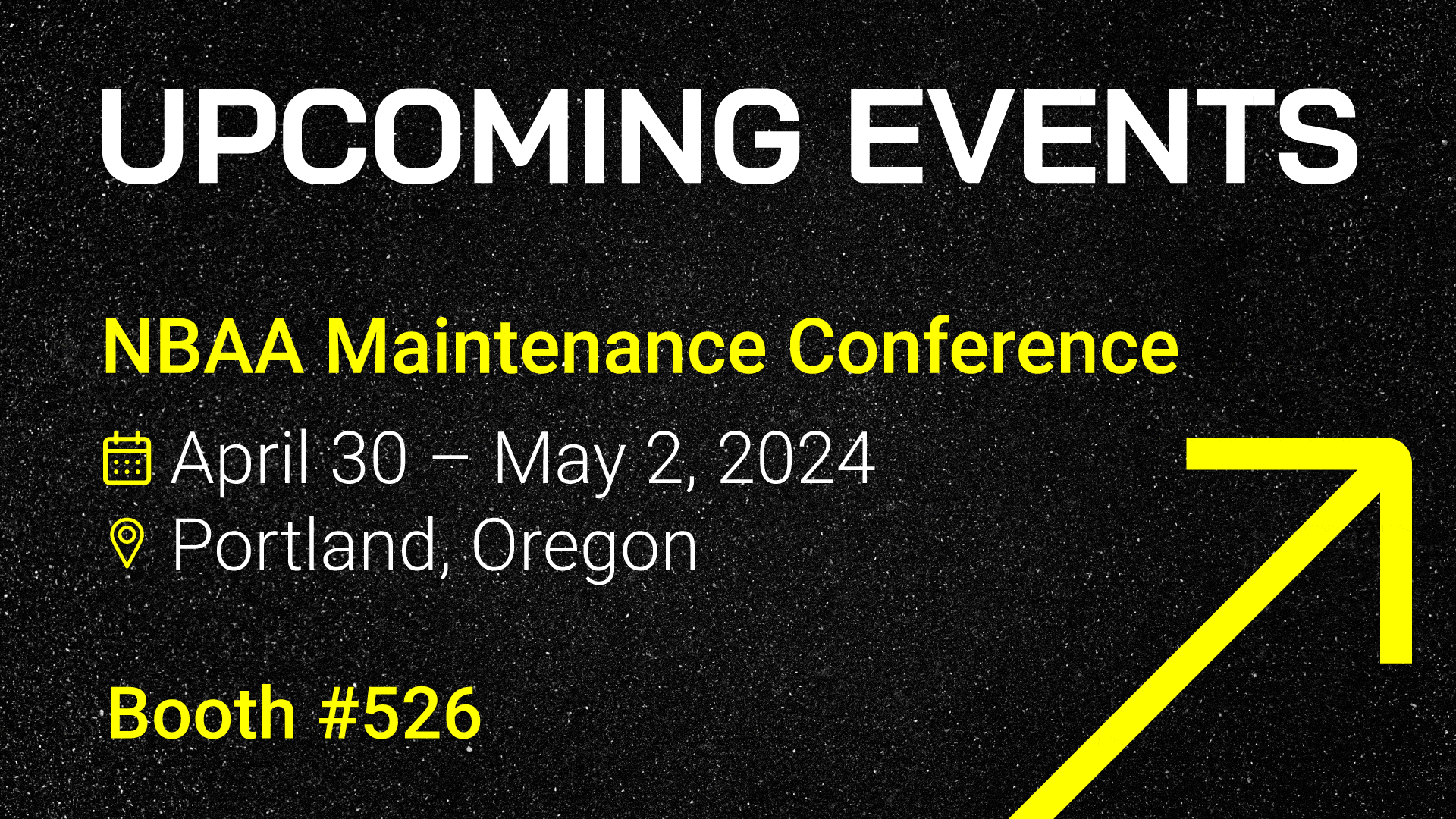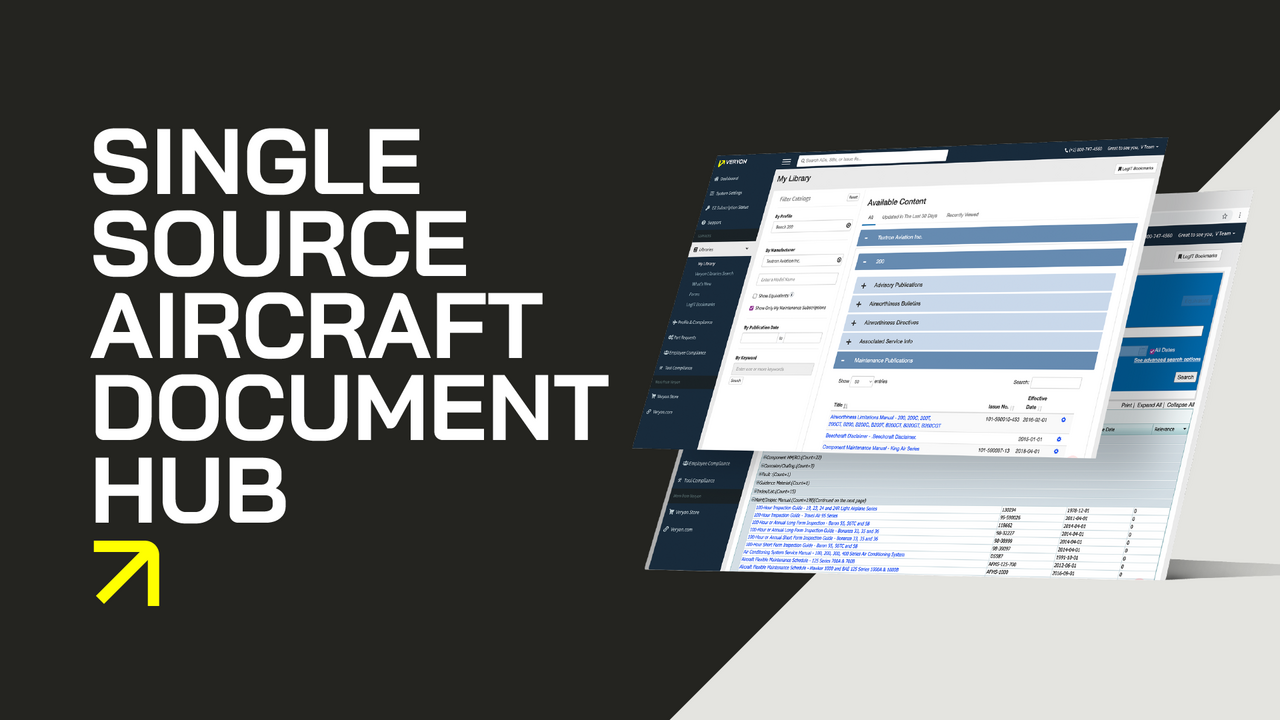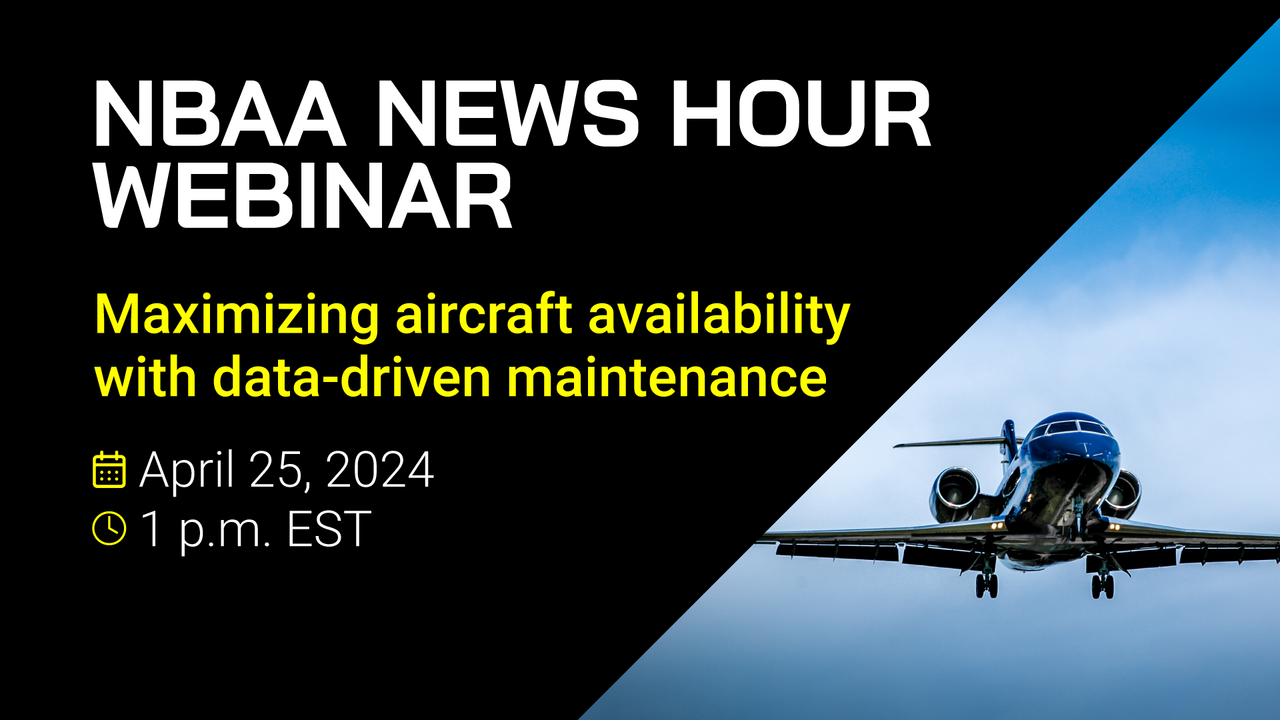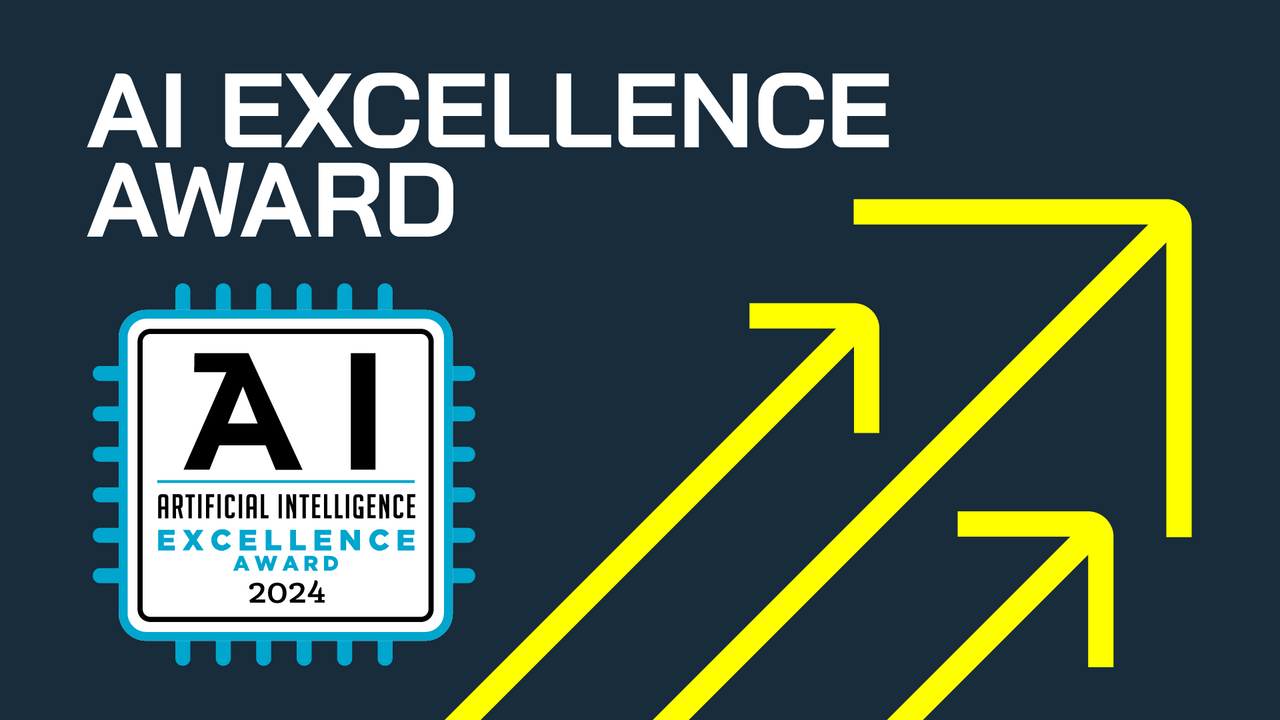2 min read
Five Ways Operators Can Retain Aircraft Value #3: Utilizing an Aircraft Engine Program
ATP
Oct 1, 2021 4:48:00 AM
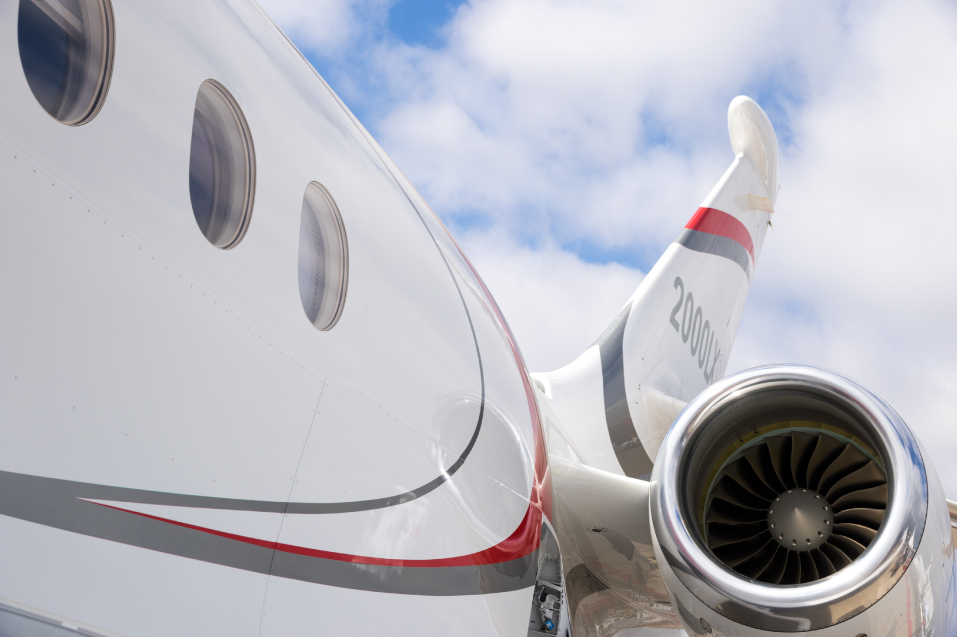
Utilizing an Aircraft Engine Program
Our previous blog in the “Five Ways Operators Can Retain Aircraft Value” series discussed how effective staging of an aircraft can enhance its value and make a powerful first impression on a prospective buyer.
This article will focus on how utilizing an aircraft engine program can likewise have a positive impact on value. Determining whether or not an engine program is right for your aircraft depends a lot on the individual aircraft category and class, its asset value and the cost of major maintenance events. They’re meant to help you budget for anticipated maintenance along the way for every hour you fly to avoid massive spikes in your budget from year to year.
Jared Hasty, director of sales and key accounts for aircraft broker OGARAJETS, observed during a recent ATP webinar that engine programs are becoming “quite standard” in most of the industry, especially on the most recent models of turbine aircraft. For example, “for a G550… probably 80+% of your fleet is fully programmed on your engine programs,” he said.
By comparison, for older Gulfstreams, “you’re down to 5-10%… and it’s not economically viable to do it,” said Hasty. Similarly, it also might not be economically viable to use programs for turboprops like King Airs or PC-12s, where the cost to overhaul or hot section is so much less than the millions of dollars required to do hot sections on larger aircraft.
Upon initially evaluating aviation engine programs, some of the questions to ask up front – which will also be of interest to prospective buyers later – are:
- What are the buy-in fees?
- What’s the percentage of coverage?
- What’s transferrable and not transferrable?
When deciding whether to select an OEM vs. a third-party provider for a program, “if they’re all 100% coverage, they’re mostly on the same playing field,” Hasty said.
Hasty noted that whether or not an aircraft is programmed is one of the first questions a broker may ask when evaluating an aircraft, because so much of the aircraft’s value is in the engines. If an aircraft isn’t programmed, “we’re going to obtain a buy-in quote from either the OEM or the third-party engine program and ding the value, dollar-for-dollar, in most make/models,” he said.
To hear more of Hasty’s insights on this topic, watch the ATP webinar titled “Pay Now or Pay Later: 5 Tips and Tools to Retain Your Aircraft’s Value.”
In our next blog post in the series, we’ll discuss how your choice of MRO can help retain aircraft value.
View the previous blog posts in the “Five Ways Operators Can Retain Aircraft Value” series:
• Part 1: Organizing Logbooks & Loose Equipment
• Part 2: Staging the Aircraft
About ATP.
ATP is the leading provider of aviation software and information services.
Our innovative product lines, including Flightdocs, Aviation Hub, ChronicX, and SpotLight, reduce operating costs, improve aircraft reliability, and support technical knowledge sharing and collaboration in all aviation and aerospace industry sectors.
The products and services of ATP support more than 75,000 aircraft maintenance professionals worldwide. As a global company, ATP has more than 7,500 customers in 137 countries and partnerships with over 90 OEMs.
